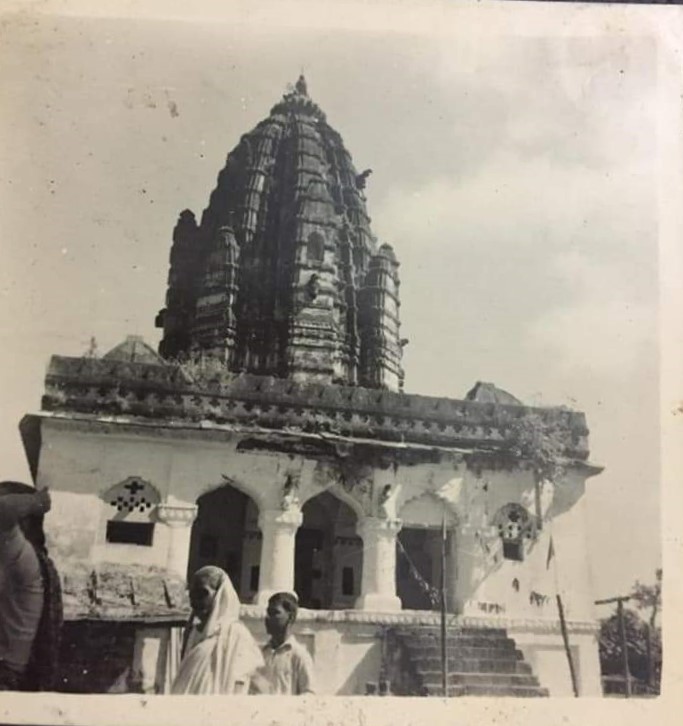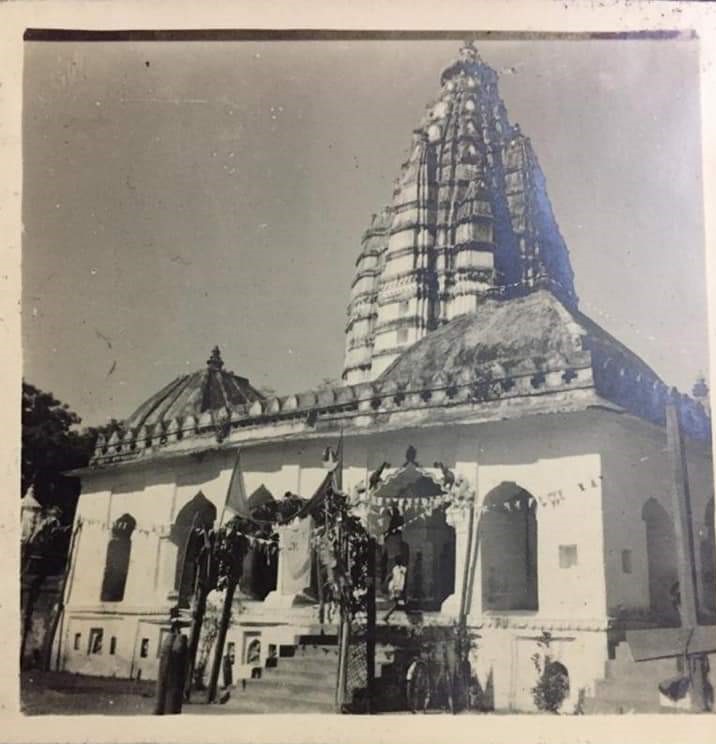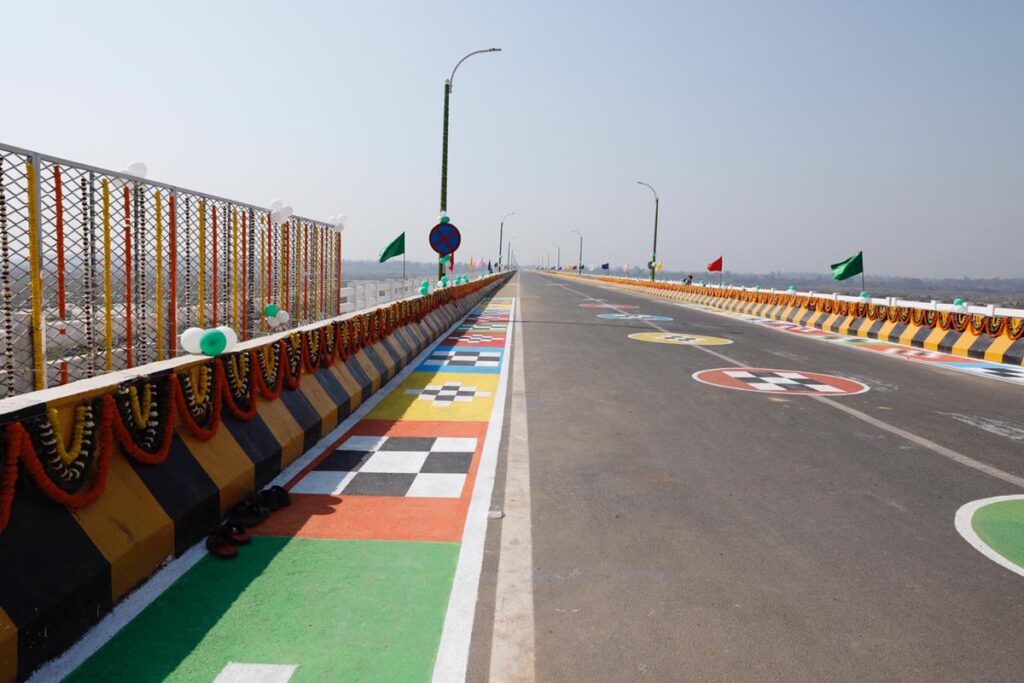History
History(ଇତିହାସ) of all great places has the same type of stories explained by historians of all ages and Sambalpur, is no exception to it. It is packed with events including the Indian Freedom Struggle in its style. Sambalpur is one of the oldest places in India, which was survived even in the prehistoric period and holds a very prominent place in the history of Odisha and India.
‘Narayan Singh (ନାରାୟଣ ସିଂ ) the last ruler of Sambalpur died in the year 1849, without any male heir, the then British Government seized the estate under the Doctrine of Lapse rule. And Sambalpur was kept under “Southern Frontier Agency” with headquarters at Ranchi. The official language of this province at that time was Hindi. After that “Southwest Frontier Agency” was renamed as ‘Chhota-Nagpur Division’ (ଛୋଟା ନାଗପୁର ବିଭାଜନ ) in 1854. Veer Surendra Sai (ଭୀର ସୁରେନ୍ଦ୍ର ସାଇ) , the greatest freedom fighter of this region had shown great bravery because of which his name was written in golden letters in the history of the Indian freedom struggle. During the Sepoy Mutiny in July 1857, the mutineers’ force open the prison of Hazaribagh, where Surendra Sai was prisoned with many others. They released them all and after reaching Sambalpur they fought against the British. At that time, there was no mutiny in Cuttack (କଟକ) Division, so Sambalpur was transferred to Cuttack (କଟକ) Division in 1858 and Oriya was made the official language of Sambalpur. Sambalpur with other princely states of Western Odisha was then included in the newly created division of Nagpur of Central Province in 1862.
In January 1896, again Hindi (ହିନ୍ଦୀ) was made the official language of Sambalpur. During the partition of Bengal in 1905 Sambalpur and the adjacent area were amalgamated with the Odisha Division under Bengal Presidency. Bengal’s Odisha Division became part of the new province of Bihar and Odisha in 1912. And in April 1936 it became a separate province of Odisha. After the Independence of India on 15th August 1947, Odisha became an Indian state. The rulers of the princely states of Western Odisha accepted to be a part of Independent India in January 1948 and then it became a permanent part of Odisha. After the Independence, many commercial activities and government establishments sprung up in and around Sambalpur. It is one of the major Railway Junctions of Odisha with the headquarters at Sambalpur under the East Coast Railway Zone. National Highway 53 and 55 passes through the city and State Highway 10 and 15 originate from this city.





